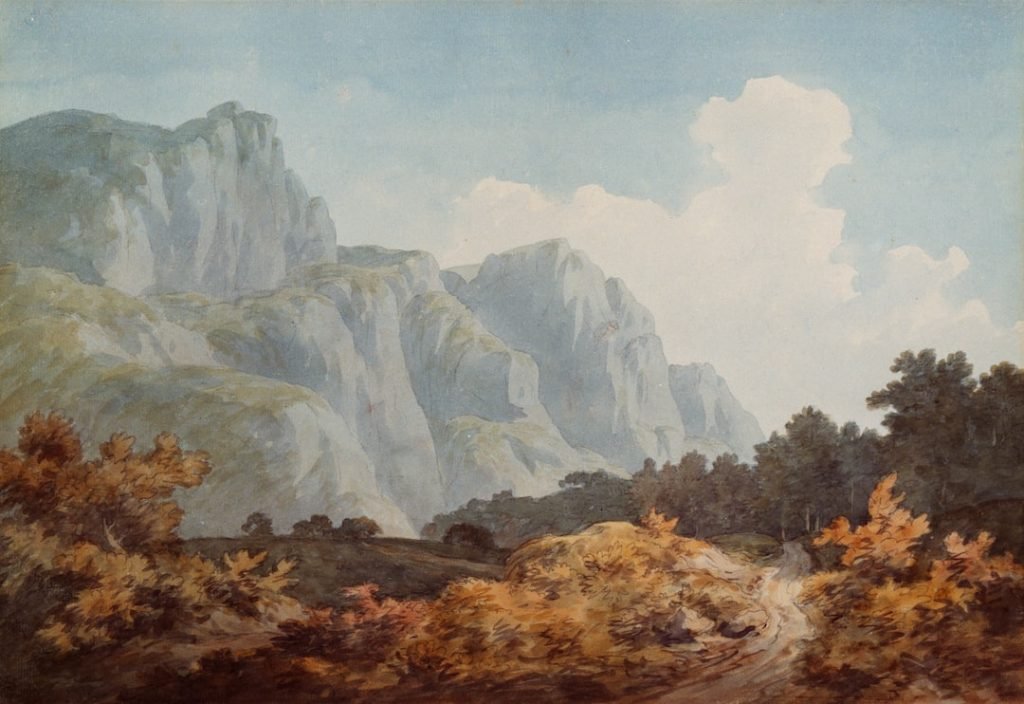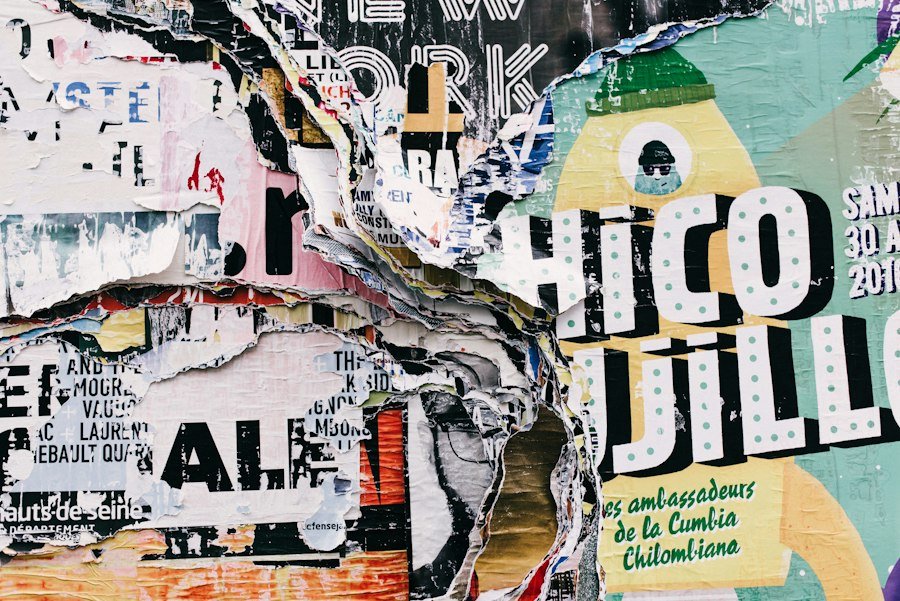

How to Talk About Modern Art in Spanish: 20 Contemporary Art Terms
Learning contemporary art terminology in Spanish is essential for anyone interested in the art world. Whether you are an artist, an art enthusiast, or simply someone who appreciates the beauty and creativity of modern art, understanding the vocabulary used to describe and discuss contemporary art in Spanish will enhance your knowledge and appreciation of this fascinating field. In this blog post, we will explore the key terms and phrases used to discuss modern and contemporary art in Spanish, providing you with the tools to engage in meaningful conversations about art in the Spanish-speaking world.
Table of Contents
ToggleKey Takeaways
- Contemporary art terminology in Spanish can be challenging for non-native speakers.
- Understanding modern art vocabulary in Spanish requires knowledge of art history and cultural context.
- Exploring the language of contemporary art in Spanish involves learning new words and phrases related to art movements and techniques.
- Key phrases for discussing modern art in Spanish include “obra de arte” (artwork), “estilo” (style), and “tema” (theme).
- Essential terms for describing contemporary art in Spanish include “abstracto” (abstract), “minimalista” (minimalist), and “expresionista” (expressionist).
- To talk about art movements in Spanish, it’s important to know terms like “surrealismo” (surrealism), “pop art” (pop art), and “arte conceptual” (conceptual art).
- Tips for discussing abstract art in Spanish include using descriptive language and focusing on the emotions and ideas conveyed by the artwork.
- Conversational phrases for critiquing modern art in Spanish include “me gusta” (I like it), “no me gusta” (I don’t like it), and “es interesante” (it’s interesting).
- Vocabulary for analyzing contemporary art in Spanish includes “composición” (composition), “textura” (texture), and “colorido” (color scheme).
- Expressing your opinion on modern art in Spanish can be done using phrases like “en mi opinión” (in my opinion), “creo que” (I believe that), and “me parece que” (it seems to me that).
Understanding Modern Art Vocabulary in Spanish
Modern art refers to the artistic movements that emerged in the late 19th and early 20th centuries, breaking away from traditional artistic conventions. It is characterized by experimentation, innovation, and a departure from realistic representation. To understand modern art in Spanish, it is important to familiarize yourself with the vocabulary commonly used to describe its characteristics. Some key terms include “abstracción” (abstraction), “expresionismo” (expressionism), “cubismo” (cubism), “fauvismo” (fauvism), and “surrealismo” (surrealism). These terms represent different artistic styles and movements within modern art and are essential for discussing and understanding this period of artistic development.
Exploring the Language of Contemporary Art in Spanish
Contemporary art refers to the art produced by artists living and working today. It is characterized by its diversity, experimentation, and engagement with current social, political, and cultural issues. To navigate the language of contemporary art in Spanish, it is important to familiarize yourself with the vocabulary used to describe its characteristics. Some key terms include “arte conceptual” (conceptual art), “arte urbano” (urban art), “arte digital” (digital art), “instalación” (installation), and “performance” (performance art). These terms represent the various forms and mediums used by contemporary artists and are essential for discussing and analyzing their work.
Key Phrases for Discussing Modern Art in Spanish
When discussing modern art in Spanish, there are certain phrases that can help you express your thoughts and opinions. For example, “Me gusta la abstracción del cuadro” (I like the abstraction in the painting) or “La obra de arte tiene un estilo cubista” (The artwork has a cubist style). These phrases allow you to describe specific elements of a work of art and express your personal preferences. Additionally, phrases such as “La pintura transmite una sensación de movimiento” (The painting conveys a sense of movement) or “El uso del color es muy impactante” (The use of color is very striking) can help you analyze and interpret a piece of modern art.
Essential Terms for Describing Contemporary Art in Spanish
To effectively describe contemporary art in Spanish, it is important to familiarize yourself with key terms that are commonly used in this context. For example, “arte conceptual” (conceptual art) refers to artwork that emphasizes the idea or concept behind it rather than its visual appearance. “Arte urbano” (urban art) refers to artwork created in public spaces, often using graffiti or street art techniques. “Instalación” (installation) refers to an artwork that is created or assembled in a specific space, often incorporating various materials and elements. By understanding and using these terms, you will be able to engage in meaningful conversations about contemporary art in Spanish.
How to Talk About Art Movements in Spanish

Art movements are important to understand when discussing modern and contemporary art. They represent specific periods or styles within the broader context of artistic development. Some key art movements include “cubismo” (cubism), “surrealismo” (surrealism), “expresionismo” (expressionism), and “pop art” (pop art). Each movement has its own characteristics and influences, and being able to discuss them in Spanish will enhance your understanding and appreciation of the artworks associated with these movements. For example, you could say “El cubismo se caracteriza por la representación de objetos desde múltiples perspectivas” (Cubism is characterized by the representation of objects from multiple perspectives) or “El surrealismo busca explorar el mundo del subconsciente” (Surrealism seeks to explore the world of the subconscious).
Tips for Discussing Abstract Art in Spanish
Abstract art is a genre that can be challenging to discuss, as it often lacks recognizable subject matter. However, with the right vocabulary and phrases, you can effectively communicate your thoughts and opinions about abstract art in Spanish. When discussing abstract art, it is important to focus on elements such as color, shape, line, and composition. For example, you could say “La pintura abstracta utiliza colores vibrantes y formas geométricas” (The abstract painting uses vibrant colors and geometric shapes) or “La composición de la obra es muy equilibrada” (The composition of the artwork is very balanced). Additionally, it can be helpful to use phrases such as “La obra me transmite una sensación de libertad” (The artwork conveys a sense of freedom) or “No entiendo el significado detrás de esta pintura abstracta” (I don’t understand the meaning behind this abstract painting) to express your thoughts and feelings about abstract art.
Conversational Phrases for Critiquing Modern Art in Spanish
When critiquing modern art in Spanish, it is important to use appropriate phrases and vocabulary to express your opinions constructively. For example, you could say “Creo que la obra carece de originalidad” (I think the artwork lacks originality) or “El artista podría haber utilizado colores más vibrantes para transmitir su mensaje” (The artist could have used more vibrant colors to convey their message). It is also helpful to use phrases such as “La técnica del artista es impresionante” (The artist’s technique is impressive) or “La obra me parece intrigante y provocadora” (The artwork seems intriguing and provocative) to provide a balanced critique. By using these phrases, you can engage in thoughtful discussions about modern art in Spanish.
Vocabulary for Analyzing Contemporary Art in Spanish
To effectively analyze contemporary art in Spanish, it is important to familiarize yourself with key vocabulary that is commonly used in this context. For example, “contexto histórico” (historical context) refers to the historical events and influences that shape an artwork. “Narrativa visual” (visual narrative) refers to the story or message conveyed through visual elements in an artwork. “Interacción con el espectador” (interaction with the viewer) refers to the way in which an artwork engages and involves the viewer. By using these terms, you will be able to analyze and interpret contemporary art in a meaningful way.
Expressing Your Opinion on Modern Art in Spanish
When expressing your opinion on modern art in Spanish, it is important to use phrases and vocabulary that accurately convey your thoughts and feelings. For example, you could say “Me parece que esta escultura es muy innovadora” (I think this sculpture is very innovative) or “No entiendo el mensaje detrás de esta pintura” (I don’t understand the message behind this painting). Additionally, phrases such as “Me gusta cómo el artista utiliza el color en esta obra” (I like how the artist uses color in this artwork) or “No me gusta el estilo de esta fotografía” (I don’t like the style of this photograph) can help you express your personal preferences. By using these phrases and vocabulary, you will be able to engage in meaningful conversations about modern art in Spanish.
Learning contemporary art terminology in Spanish is essential for anyone interested in the art world. By understanding the vocabulary used to describe and discuss modern and contemporary art in Spanish, you will be able to engage in meaningful conversations, analyze artworks, and express your thoughts and opinions effectively. Whether you are visiting an art gallery, attending an art exhibition, or simply discussing art with fellow enthusiasts, having a solid grasp of the language of contemporary art in Spanish will enhance your experience and deepen your appreciation of this fascinating field. So keep learning, exploring, and engaging with the world of art in Spanish!
If you want to learn Spanish, you can register for classes here. We look forward to hearing from you and helping you become fluent in Spanish!
If you want to learn Norwegian, you can register for classes here. We look forward to hearing from you and helping you become fluent in Norwegian.





